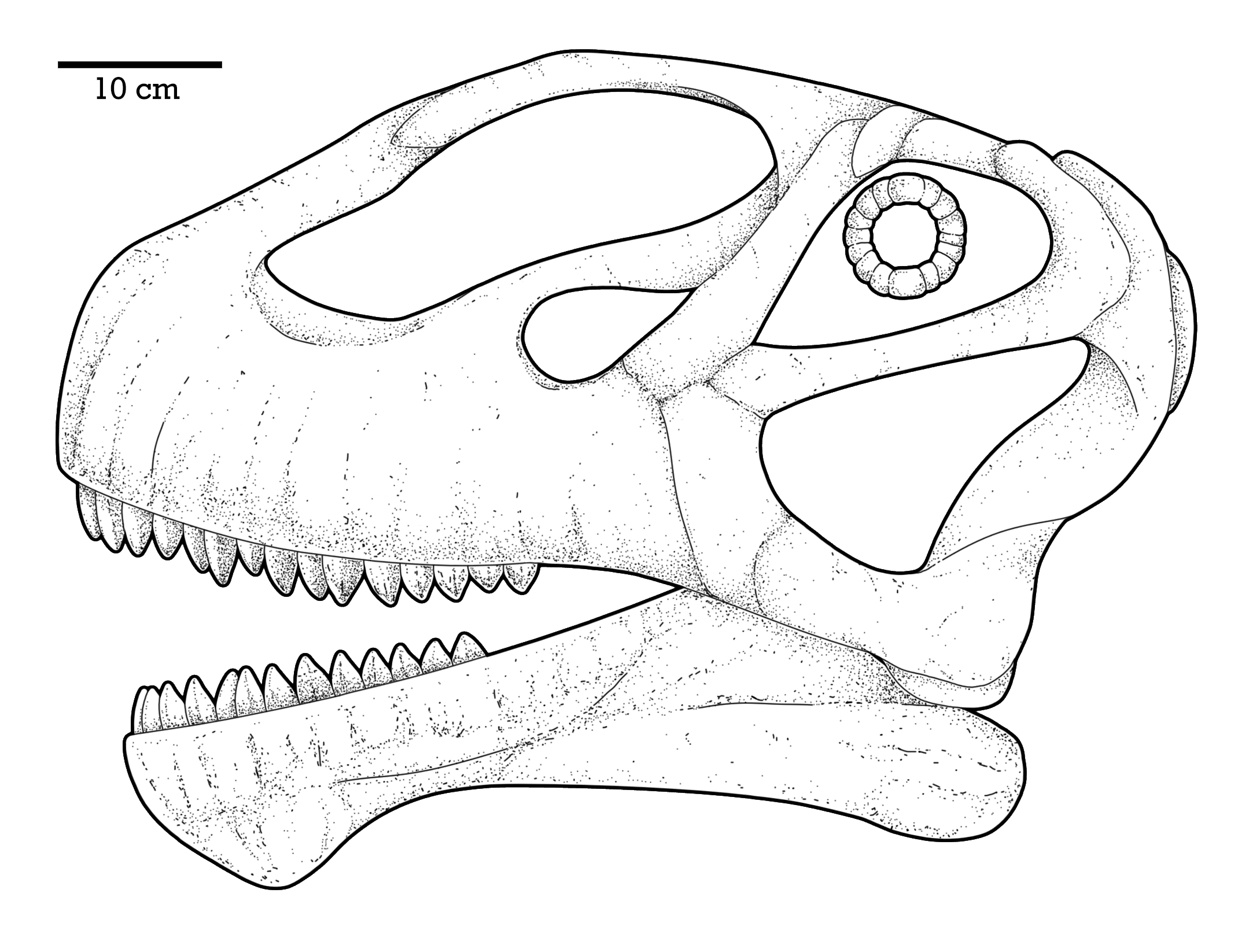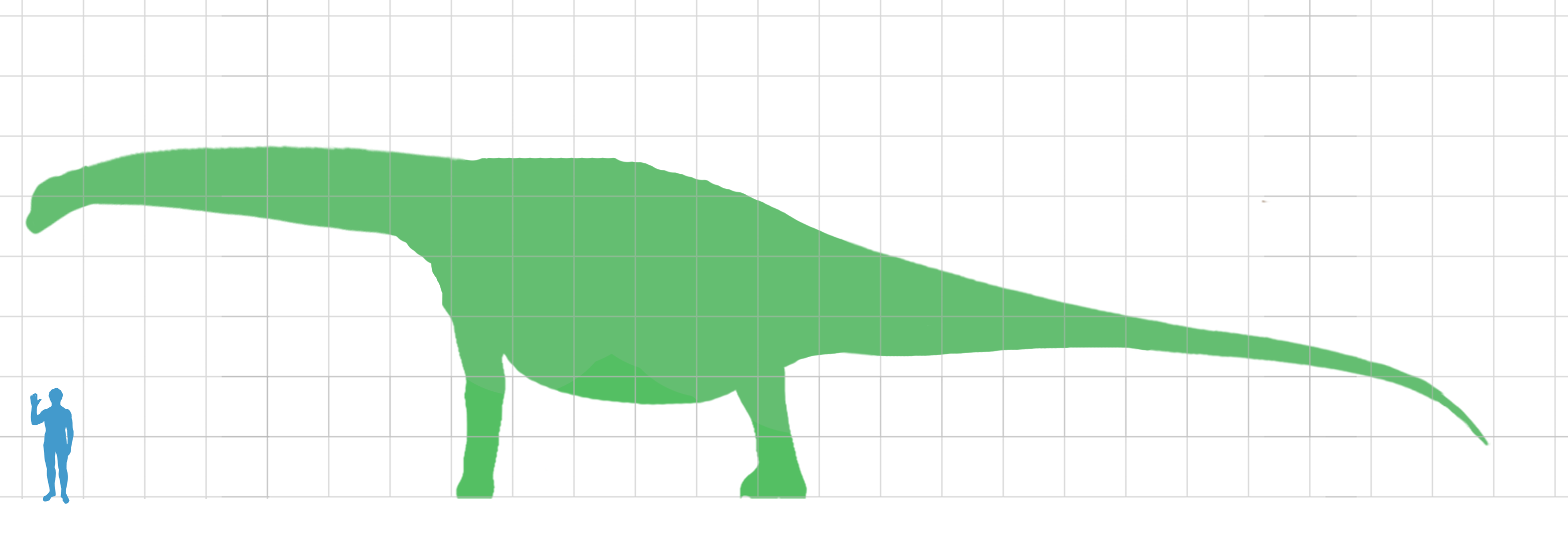|
Zby
''Zby'' is an extinct genus of turiasaurian sauropod dinosaur known from the Late Jurassic (late Kimmeridgian stage) of the Lourinhã Formation, central west Portugal. It contains a single species, ''Zby atlanticus''. It is named after Georges Zbyszewski, who studied the geology and paleontology of Portugal. Description ''Zby'' was first described and named by Octávio Mateus, Philip D. Mannion and Paul Upchurch in 2014 and the type species is ''Zby atlanticus'', although it was initially thought to be '' Turiasaurus riodevensis''. It is known solely from its holotype, a closely associated partial skeleton including a complete tooth with root, a fragment of cervical neural arch, an anterior chevron, and an almost complete right pectoral girdle and forelimb. ''Zby'' is differentiated from other sauropods based on four autapomorphies, including a prominent posteriorly projecting ridge on the humerus at the level of the deltopectoral crest. ''Zby'' is suggested to be closely relat ... [...More Info...] [...Related Items...] OR: [Wikipedia] [Google] [Baidu] |
Zby NT Small
''Zby'' is an extinct genus of turiasaurian sauropod dinosaur known from the Late Jurassic (late Kimmeridgian stage) of the Lourinhã Formation, central west Portugal. It contains a single species, ''Zby atlanticus''. It is named after Georges Zbyszewski, who studied the geology and paleontology of Portugal. Description ''Zby'' was first described and named by Octávio Mateus, Philip D. Mannion and Paul Upchurch in 2014 and the type species is ''Zby atlanticus'', although it was initially thought to be '' Turiasaurus riodevensis''. It is known solely from its holotype, a closely associated partial skeleton including a complete tooth with root, a fragment of cervical neural arch, an anterior chevron, and an almost complete right pectoral girdle and forelimb. ''Zby'' is differentiated from other sauropods based on four autapomorphies, including a prominent posteriorly projecting ridge on the humerus at the level of the deltopectoral crest. ''Zby'' is suggested to be closely relat ... [...More Info...] [...Related Items...] OR: [Wikipedia] [Google] [Baidu] |
Turiasauria
Turiasauria is an unranked clade of basal sauropod dinosaurs known from Middle Jurassic to Early Cretaceous deposits in Europe, North America, and Africa. Description Turiasauria was originally erected by Royo-Torres et al. (2006) to include '' Turiasaurus'', '' Galveosaurus'' and '' Losillasaurus'', all of which hail from the Villar del Arzobispo Formation (Tithonian-Berriasian) of Spain. Turiasuria was defined by the authors as "all Eusauropoda closer to ''Turiasaurus riodevensis'' than to '' Saltasaurus loricatus''". Cladistic analysis (Royo-Torres ''et al.'', 2006; 1927) of 309 characters and 33 taxa suggests that the turiasaurians lie outside the Neosauropoda and form a monophyletic group. The clade is diagnosed by the presence of vertical neural spines, posterior centroparapohyseal laminae on the dorsal vertebrae, the absence of pre- and postspinal laminae on the dorsal vertebrae, the absence of a scapular acromial crest, the presence of a prominent humeral deltopector ... [...More Info...] [...Related Items...] OR: [Wikipedia] [Google] [Baidu] |
Turiasauria
Turiasauria is an unranked clade of basal sauropod dinosaurs known from Middle Jurassic to Early Cretaceous deposits in Europe, North America, and Africa. Description Turiasauria was originally erected by Royo-Torres et al. (2006) to include '' Turiasaurus'', '' Galveosaurus'' and '' Losillasaurus'', all of which hail from the Villar del Arzobispo Formation (Tithonian-Berriasian) of Spain. Turiasuria was defined by the authors as "all Eusauropoda closer to ''Turiasaurus riodevensis'' than to '' Saltasaurus loricatus''". Cladistic analysis (Royo-Torres ''et al.'', 2006; 1927) of 309 characters and 33 taxa suggests that the turiasaurians lie outside the Neosauropoda and form a monophyletic group. The clade is diagnosed by the presence of vertical neural spines, posterior centroparapohyseal laminae on the dorsal vertebrae, the absence of pre- and postspinal laminae on the dorsal vertebrae, the absence of a scapular acromial crest, the presence of a prominent humeral deltopector ... [...More Info...] [...Related Items...] OR: [Wikipedia] [Google] [Baidu] |
Lourinhã Formation
The Lourinhã Formation () is a fossil rich geological formation in western Portugal, named for the municipality of Lourinhã. The formation is mostly Late Jurassic in age (Kimmeridgian/Tithonian), with the top of the formation extending into the earliest Cretaceous (Berriasian). It is notable for containing a fauna especially similar to that of the Morrison Formation in the United States and a lesser extent to the Tendaguru Formation in Tanzania. There are also similarities to the nearby Villar del Arzobispo Formation. The stratigraphy of the formation and the basin in general is complex and controversial, with the constituent member beds belonging to the formation varying between different authors. Besides the fossil bones, Lourinhã Formation is well known for the fossil tracks and fossilized dinosaur eggs. The Lourinhã Formation includes several lithostratigraphic units, such as Praia da Amoreira-Porto Novo Members and Praia Azul Member and the Assenta Member. Lithology and ... [...More Info...] [...Related Items...] OR: [Wikipedia] [Google] [Baidu] |
Octávio Mateus
Octávio Mateus (born 1975) is a Portuguese dinosaur paleontologist and biologist Professor of Paleontology at the Faculdade de Ciências e Tecnologia da Universidade Nova de Lisboa. He graduated in Universidade de Évora and received his PhD at Universidade Nova de Lisboa in 2005. He collaborates with Museu da Lourinhã, known for their dinosaur collection. His former PhD advisor was Miguel Telles Antunes. He is an expert on dinosaurs, particularly Late Jurassic dinosaurs of Portugal, but he has also worked with specimens from Angola, the USA, Greenland, China and Morocco. New dinosaur taxa he has helped name include '' Lourinhanosaurus antunesi'' (1998), '' Dinheirosaurus lourinhanensis'' (1999), '' Tangvayosaurus hoffeti'' (1999), '' Draconyx loureiroi'' (2001), '' Lusotitan atalaiensis'' (2003), '' Europasaurus holgeri'' (2006), '' Allosaurus europaeus'' (2006), '' Angolatitan adamastor'' (2011)'','' '' Torvosaurus gurneyi'' (2014), '' Zby atlanticus'' (2014), '' Galeamopu ... [...More Info...] [...Related Items...] OR: [Wikipedia] [Google] [Baidu] |
Turiasaurus Riodevensis
''Turiasaurus'' (meaning " Turia lizard") is a genus of sauropod dinosaurs. It is known from a single fossil specimen representing the species ''Turiasaurus riodevensis'', found in the Kimmeridgian Villar del Arzobispo Formation of Teruel, Spain. Description ''Turiasaurus'' is believed to be the largest dinosaur ever found in Europe, and is among the largest dinosaurs known. It is estimated at in length and with a weight of .Royo-Torres, R., Cobos, A., and Alcalá, L. (2006). "A Giant European Dinosaur and a New Sauropod Clade." ''Science'' 314: 1925-1927.Paul, G.S., 2010, The Princeton Field Guide to Dinosaurs, Princeton University Press. The length of its skull is 70 centimetres, which is not too large. According to the paleontologist Luis Alcalá, this is because a larger head might have caused ''Turiasaurus'' to break its neck. Phylogenetic analysis shows that ''Turiasaurus'' lies outside of the Neosauropoda division and belongs to a new clade, Turiasauria, together wit ... [...More Info...] [...Related Items...] OR: [Wikipedia] [Google] [Baidu] |
2014 In Paleontology
Plants Cnidarians Newly described cnidarians Arthropods Bryozoans Newly described bryozoans Brachiopods Molluscs Echinoderms Conodonts Newly described conodonts Fishes Amphibians Basalmost tetrapods Temnospondyls Research * Specimens of ''Micromelerpeton crederni'' with abnormalities in their limbs interpreted as a result of limb regeneration are described by Fröbisch, Bickelmann and Witzmann (2014). * Redescription of '' Mahavisaurus dentatus'' and '' Lyrosaurus australis'' and a study on the phylogenetic relationships of the rhytidosteids is published by Maganuco, Pasini & Auditore (2014). New taxa Chroniosuchians Lissamphibians Research * The humerus bone of a large calyptocephalellid anuran, apparently one of the largest fossil anurans known to date, is described by Otero ''et al.'' (2014) from the Eocene of Chile. New taxa Reptiles Synapsids Non-mammalian synapsids Research * A study on the diel activity patterns of non-mammalian sy ... [...More Info...] [...Related Items...] OR: [Wikipedia] [Google] [Baidu] |
Eusauropod
Eusauropoda (meaning "true sauropods") is a derived clade of sauropod dinosaurs. Eusauropods represent the node-based group that includes all descendant sauropods starting with the basal eusauropods of ''Shunosaurus'', and possibly ''Barapasaurus'', and '' Amygdalodon'', but excluding '' Vulcanodon'' and ''Rhoetosaurus''. The Eusauropoda was coined in 1995 by Paul Upchurch to create a monophyletic new taxonomic group that would include all sauropods, except for the vulcanodontids. Eusauropoda are herbivorous, quadrupedal, and have long necks. They have been found in South America, Europe, North America, Asia, Australia, and Africa. The temporal range of Eusauropoda ranges from the early Jurassic to the Latest Cretaceous periods. The most basal forms of eusauropods are not well known and because the cranial material for the ''Vulcanodon'' is not available, and the distribution of some of these shared derived traits that distinguish Eusauropoda is still completely clear. Descriptio ... [...More Info...] [...Related Items...] OR: [Wikipedia] [Google] [Baidu] |
Late Jurassic
The Late Jurassic is the third epoch of the Jurassic Period, and it spans the geologic time from 163.5 ± 1.0 to 145.0 ± 0.8 million years ago (Ma), which is preserved in Upper Jurassic strata.Owen 1987. In European lithostratigraphy, the name "Malm" indicates rocks of Late Jurassic age. In the past, ''Malm'' was also used to indicate the unit of geological time, but this usage is now discouraged to make a clear distinction between lithostratigraphic and geochronologic/chronostratigraphic units. Subdivisions The Late Jurassic is divided into three ages, which correspond with the three (faunal) stages of Upper Jurassic rock: Paleogeography During the Late Jurassic Epoch, Pangaea broke up into two supercontinents, Laurasia to the north, and Gondwana to the south. The result of this break-up was the spawning of the Atlantic Ocean. However, at this time, the Atlantic Ocean was relatively narrow. Life forms of the epoch This epoch is well known for many famous types of dinosau ... [...More Info...] [...Related Items...] OR: [Wikipedia] [Google] [Baidu] |
Autapomorphies
In phylogenetics, an autapomorphy is a distinctive feature, known as a derived trait, that is unique to a given taxon. That is, it is found only in one taxon, but not found in any others or outgroup taxa, not even those most closely related to the focal taxon (which may be a species, family or in general any clade). It can therefore be considered an apomorphy in relation to a single taxon. The word ''autapomorphy'', first introduced in 1950 by German entomologist Willi Hennig, is derived from the Greek words αὐτός, ''autos'' "self"; ἀπό, ''apo'' "away from"; and μορφή, ''morphḗ'' = "shape". Discussion Because autapomorphies are only present in a single taxon, they do not convey information about relationship. Therefore, autapomorphies are not useful to infer phylogenetic relationships. However, autapomorphy, like synapomorphy and plesiomorphy is a relative concept depending on the taxon in question. An autapomorphy at a given level may well be a synapomorphy a ... [...More Info...] [...Related Items...] OR: [Wikipedia] [Google] [Baidu] |
Humerus
The humerus (; ) is a long bone in the arm that runs from the shoulder to the elbow. It connects the scapula and the two bones of the lower arm, the radius and ulna, and consists of three sections. The humeral upper extremity consists of a rounded head, a narrow neck, and two short processes (tubercles, sometimes called tuberosities). The body is cylindrical in its upper portion, and more prismatic below. The lower extremity consists of 2 epicondyles, 2 processes ( trochlea & capitulum), and 3 fossae ( radial fossa, coronoid fossa, and olecranon fossa). As well as its true anatomical neck, the constriction below the greater and lesser tubercles of the humerus is referred to as its surgical neck due to its tendency to fracture, thus often becoming the focus of surgeons. Etymology The word "humerus" is derived from la, humerus, umerus meaning upper arm, shoulder, and is linguistically related to Gothic ''ams'' shoulder and Greek ''ōmos''. Structure Upper extremity The ... [...More Info...] [...Related Items...] OR: [Wikipedia] [Google] [Baidu] |








